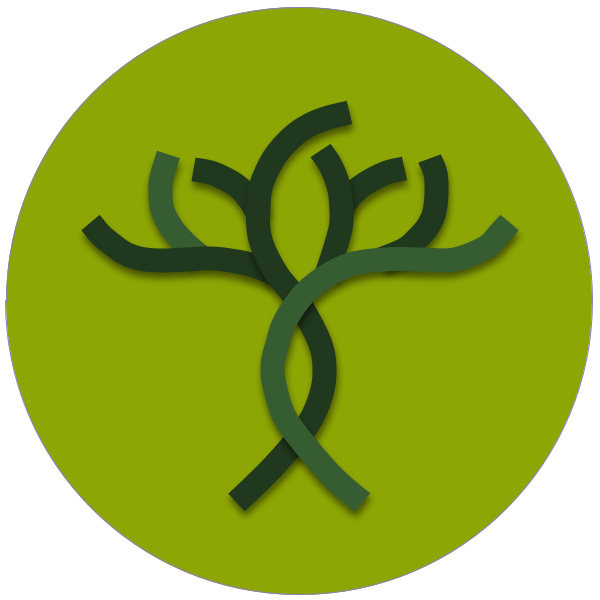Impact
How we think about and track our impact on the communities we serve.
Theory
We’re consistent in our beliefs that action > talk. However, how you think about outcomes strongly influences your ability to achieve them. So you’re not going to hear us talking about our “theory of change” for the simple reason that we are past the point of theorizing our impacts. We use Google OKRs and track hard outcomes no matter how small, and we track them automatically so we can focus on actually reaching our goals. If you want to know more about why we do it this way, definitely check out some of theory behind our work below. Or just skip ahead for the numbers!
Key performance indicators
We set out to stop deforestation with a no-strings-attached green economy. So we track land protected by local landowners, ecological credits generated, and revenue deployed to Indigenous and local communities for beneficial climate actions as our key performance indicators.
SDGs
Classic United Nations Sustainable Development Goals remain one of the clearest most concise ways to communicate holistic humanitarian impacts in an interoperable framework.
Innovation in social impact
We don’t stop at SDG metrics. Our work requires holistic and specialized, innovation in economics, technology, and postcolonial business practices. Our primary value to communities lies in allowing them to access international capital safely, without corroding rights or positive intrinsic values. We track metrics related to social assets (permanent access to capital) and bridging social capital to show that we are helping strong communities succeed safely.


